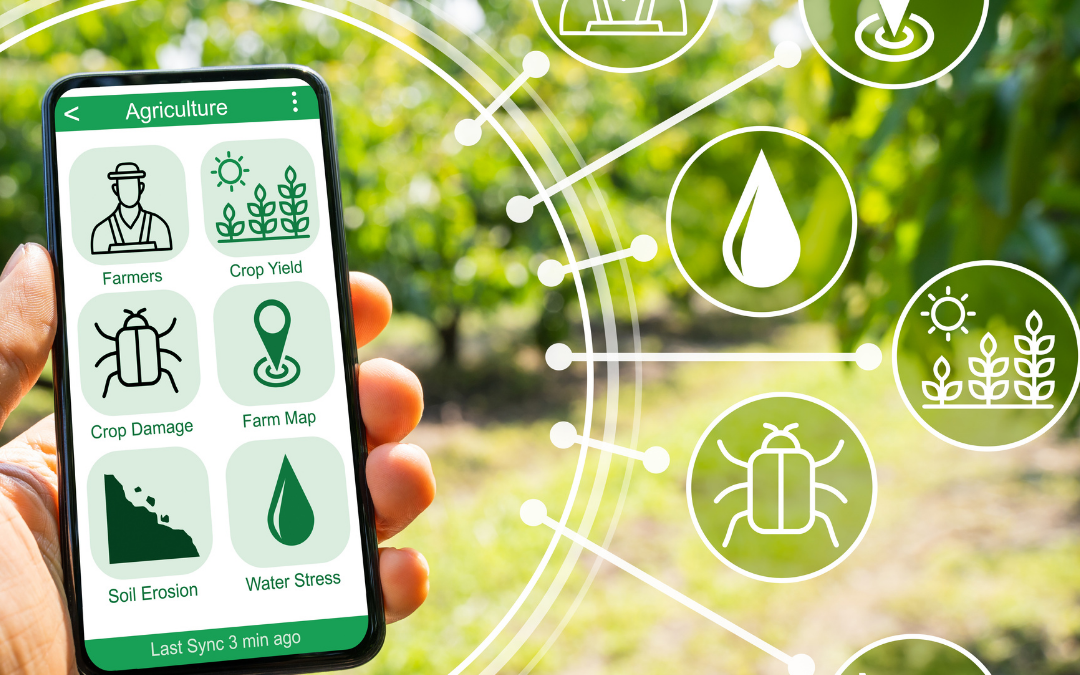It is not often that a Wall Street trader walks from their job to focus on a different kind of green, namely the agricultural industry.
Sara Menker, founder of Gro Intelligence, is one such person, and her goal was to do something about data and agriculture. So no, she did not leave the always-awake world of Wall Street for a slow farmer’s life, but rather to find solutions in the world of agriculture in other booming industry, namely the software industry.
Gro Intelligence is just one such company dedicated to bringing AI to agriculture, an industry whose use of this major tech innovation is often underreported. Gro Intelligence is a company whose AI modeling systems digests oceanic amounts of data to provide insights into the various factors that affect the goings-on on this wide green earth, such as how a certain disease can affect a meat commodity.
Companies like Gro Intelligence and Findability Sciences are dedicated to providing farmers with the solutions they need to make the most of their production. Read on to learn about some of the services that an AI provider like those named companies can offer a farmer.
Prediction Platforms
Findability’s Predict+ platform has a variety of uses for clients. For one, it can predict the prices of raw materials on a daily basis, letting you know the best day to order whatever it is you need to keep your crop or food production running smoothly, and cheaply.
Additionally, it can predict the prices of the materials that you yourself produce, can make it easier to determine what prices you should set for each crop.
Prediction platforms can also analyze crop growth on your unique farm over time to see what methods bring the best yield, allowing you to make those adjustments using predictions informed by plenty of data.
For example, seeing which crops are healthy, and which are unhealthy, and whether there is any correlation, causation even, between the crops and their specific location within the field, can be instrumental in creating the best yield.
Real-Time Security and Monitoring
From human thieves to animal and insect invaders, there are plenty of threats to your crops that could strike throughout the day or night. Both in-ground sensors and above-ground drones can be employed to keep an eye on your crops, providing you with real-time updates about their conditions.
If something does go wrong, such as a group of teenagers trying to steal your stalks of corn so that they can make corn pudding for the Friday night sock hop, or whatever teenagers do for fun nowadays, then an immediate alert will be sent out, alerting you about the possible disturbance to your field, so that you can alert the authorities.
Things can be more innocent, however. If an animal or, less likely perhaps, a human wanders onto your farm and could possibly, accidentally, trample or damage your crops, then you will also get an alert, and go out and warn away the animal or person, depending on the danger level you assess from the intruder. What we are saying is do not go out and take on a wildcat—best leave that to wildlife services.
Then, of course, there are the many varieties of creepy crawlies that could pop up on your crops even after a nice pesticide-spraying. These too can be detected and you will be notified of their presence.
Improving the Farm to Table Process
Once your crops have been analyzed, under drone-assisted protection perhaps, machine learning platforms can be used to find the best way to transport your crops to where they need to go.
For one, the transportation of your yield can be tracked in real time, and an accumulation of the various routes that your drivers take can be used to form a prediction about what routes your drivers ought to take, what the best time to leave is, and other factors that can ensure your crops stay fresh and damage-free while arriving in a timely manner to their destination.
Fashioning the best overall route can make for an effective change to your farm, as it can offer you a more complete picture as to how to best optimize the farm-to-table operations. In addition to knowing how to organize your crops, when and how to grow them, you can tweak your transportation of them to make much more profitable yields in the future.


Recent Comments